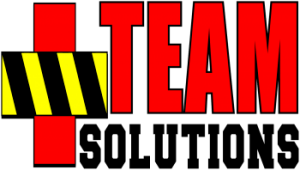Have you heard the story of Bill and his garage project? It goes something like this:
- Bill needs to clean his garage so his wife can park her new car inside before the summer heat hits.
- He decides to donate unused items, store his camping gear, and organize his tools by the end of Memorial Day weekend.
- He identifies what he needs - storage bins, a bigger toolbox, and a Goodwill trip - and gets it done before the weekend.
- Mission accomplished. Bill relaxes with a cold drink - and a happy wife.
We've all been Bill. But when it comes to bigger missions - leading a response, managing a project, planning a deployment - we often freeze when asked to define our Priorities, Objectives, Strategies, and Tactics.
That ends now.
🌱 Plant a P.O.S.T. First
The P.O.S.T. Framework gives you a step-by-step lens to cut through noise and confusion:
| 🔠 | Element | What it Answers | Example |
|---|---|---|---|
P | Priorities | Why you're acting | “To ensure life safety” |
O | Objectives | What success looks like | “Donate 2 bags of clothes by 5 PM Saturday” |
S | Strategies | How you’ll approach it | “Sort unused items room-by-room” |
T | Tactics | Exactly what to do | “Drive to Goodwill after sorting” |
Each layer builds on the one before it - and skipping any one of them means you’ll likely miss the mark.
🎯 Your Free Mission Planning Worksheet
If you want to run tighter missions and make better decisions - whether you're a SAR leader, team member, or planner - use the P.O.S.T. Framework Worksheet to map your next move with confidence.
👉 Download the Worksheet - FREE
It includes:
- A step-by-step guide to define your mission’s POST elements
- Prompts to clarify team roles and support needs
- A printable field-ready version you can use again and again
💡 Bottom Line
The best responders and leaders don’t just act - they think in frameworks.
P.O.S.T. gives you clarity before the chaos begins.
Get your free POST Framework Worksheet and map your next mission with precision.
Objectives!
NOTE: In the inevitable haze and confusion of a complex mission, the Objectives are where we look for clarity.
- If you only identify one part of your P.O.S.T., make sure’s it’s the Objectives.
